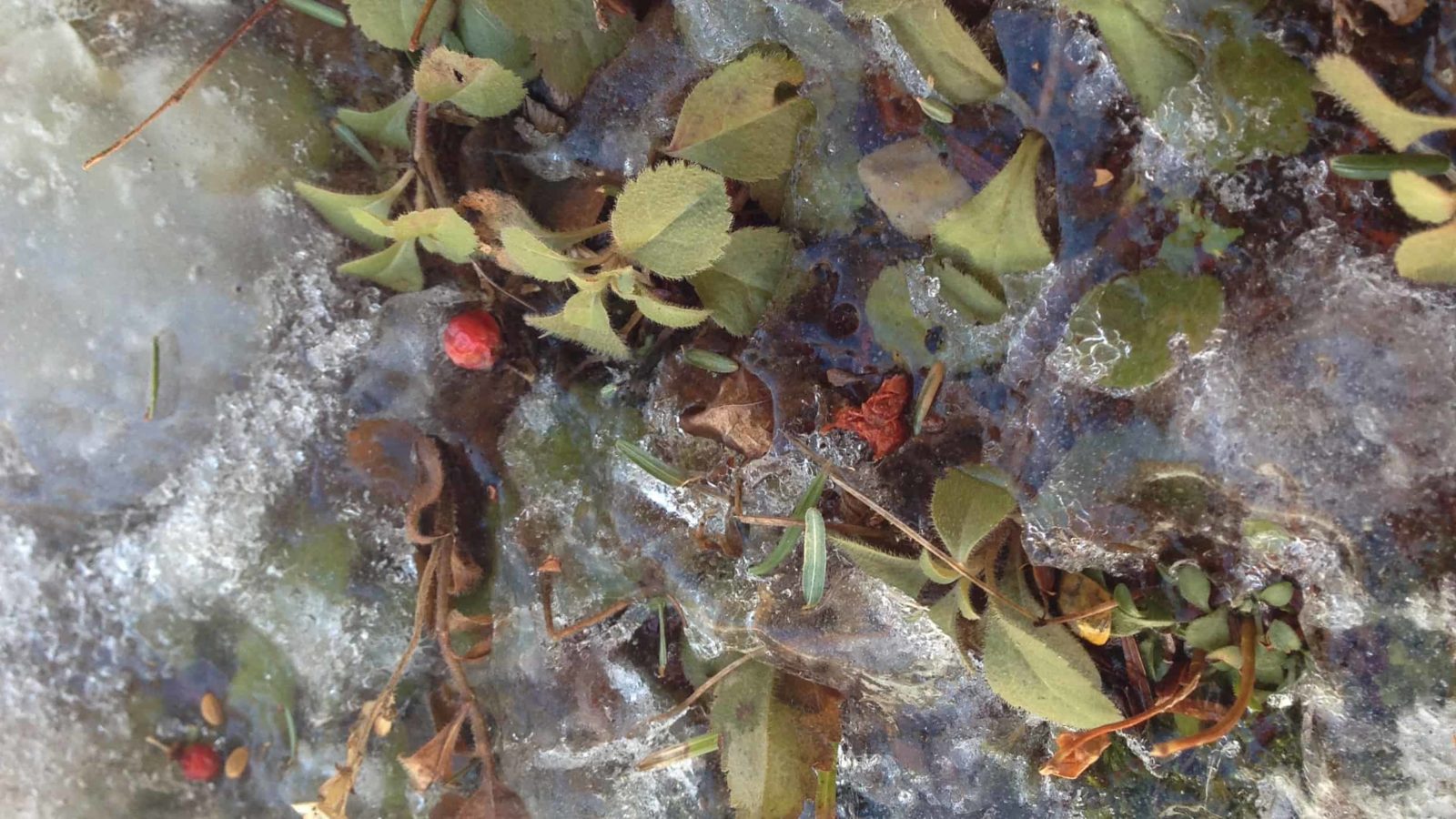The woods are quiet. An overnight snow covers the fallen leaves and highlights the occasional green. This is a favorite time of mine to wander the Berkshire woods with the evergreens to cheer me along before the snow piles too deeply.
The killing frosts have put to rest most of the forest greenery, except for the resilient plants that keep colorful leaves throughout the year. In moister woods, some ground vegetation is still vigorous and ignores the freeze. Christmas, polypody and evergreen wood ferns, shining club moss, princess pine and the diminutive creeping vines we call partridgeberry and checkerberry resist winter’s advance. At higher altitudes, mountain laurel often forms thickets of shiny green leaves.
American yew, also called ground hemlock, is another low growing evergreen that caught my attention during a recent walk. Many of these evergreen plants grow beneath open stands of pine, hemlock and spruce trees, the commonest sources for one of the more popular traditions at this season – the Christmas Tree.
Another tradition for many at this season is to decorate with wreaths and garlands made of different evergreens — as long as we give thought to the future.
Club moss, a small upright growing woodland plant, has no flower but retains its cheerful green through the winter months. It grows so slowly it should only be harvested prudently, if at all; it was once harvested to excess for wreathmaking.
A few pieces of partridge berry and some moss for a berry bowl do little harm to the plant or the woods, but the quantity of slow-growing ground pine needed to fashion a wreath or garland may damage or destroy the entire plant colony. we can find more gracious ways to celebrate the season.
Pine, fir, and spruce make robust wreaths, especially when adorned with rhododendron and holly, perhaps from shrubs in our own yards.
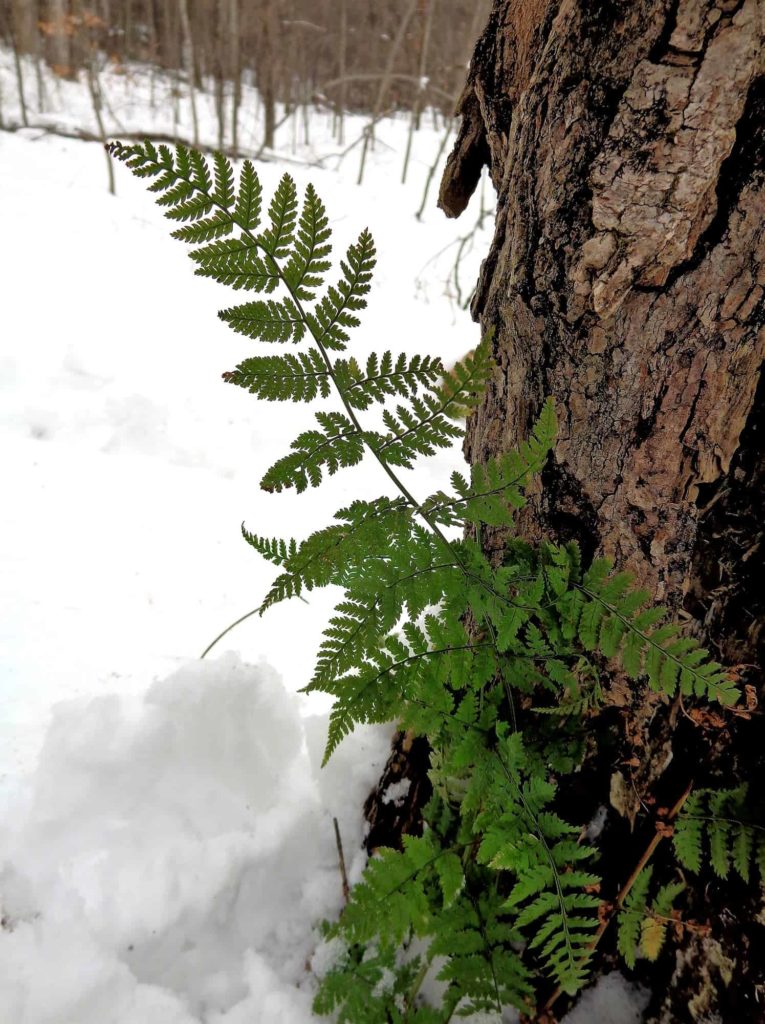
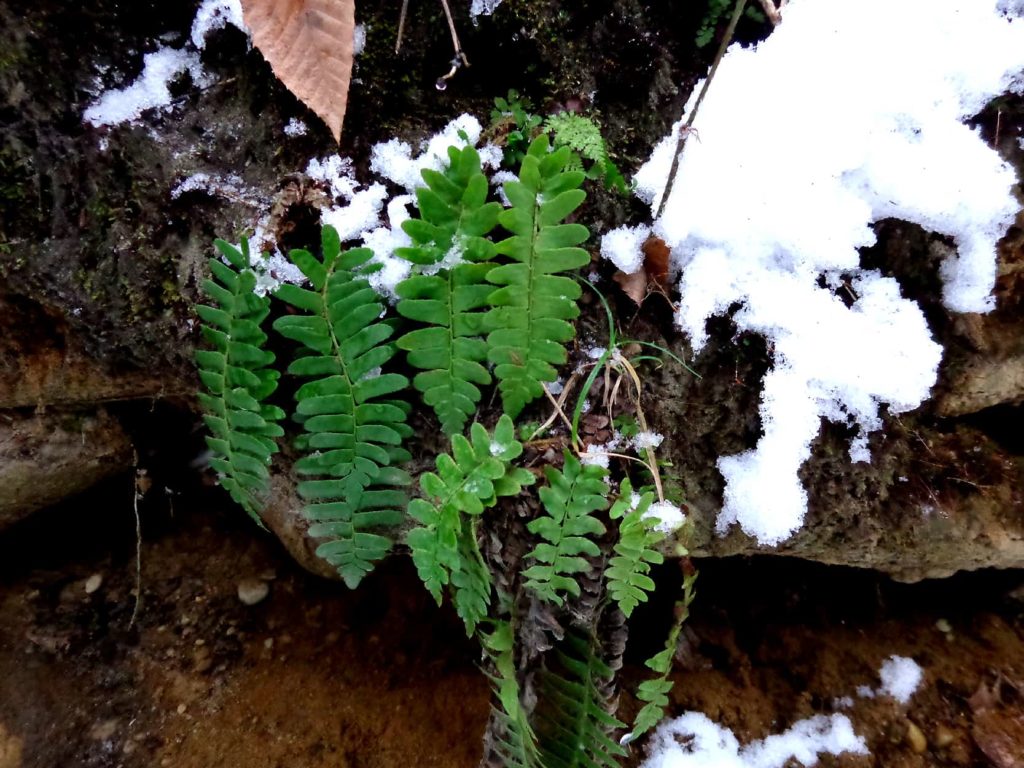
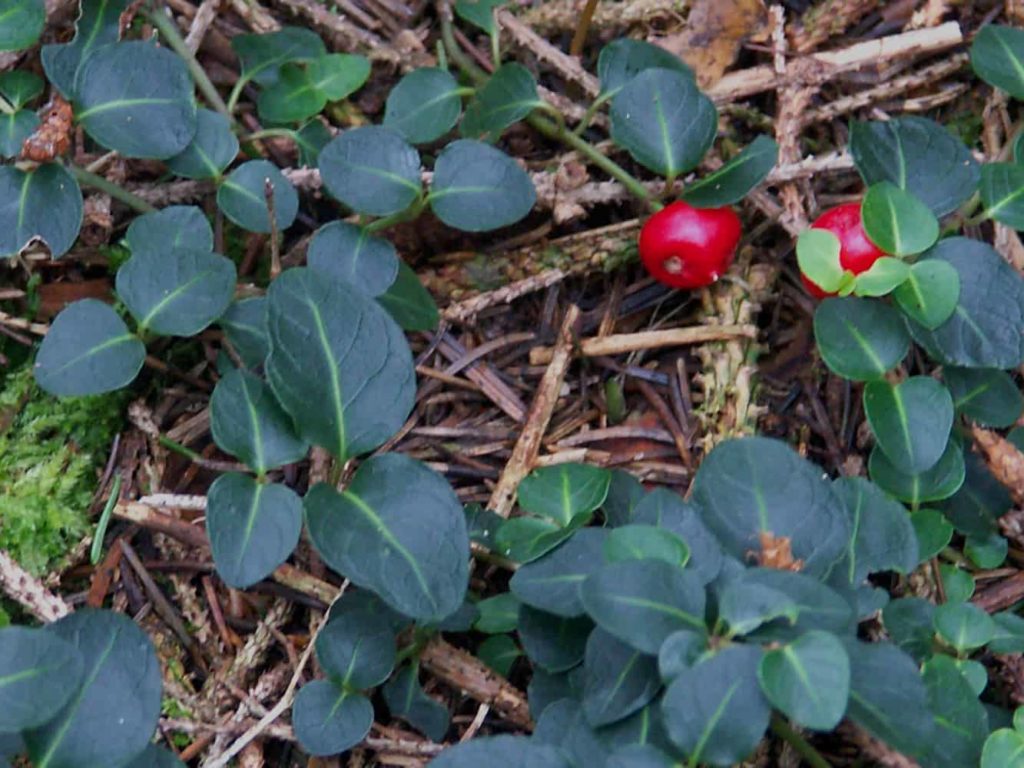
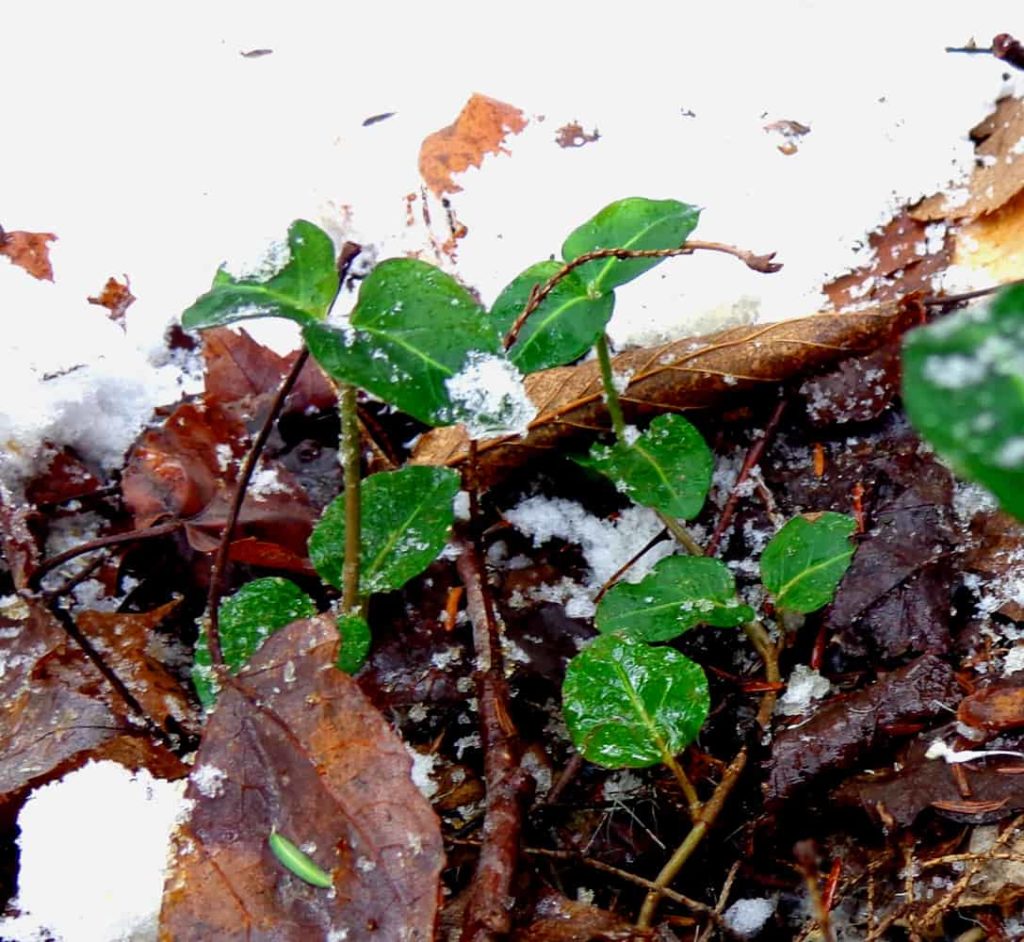
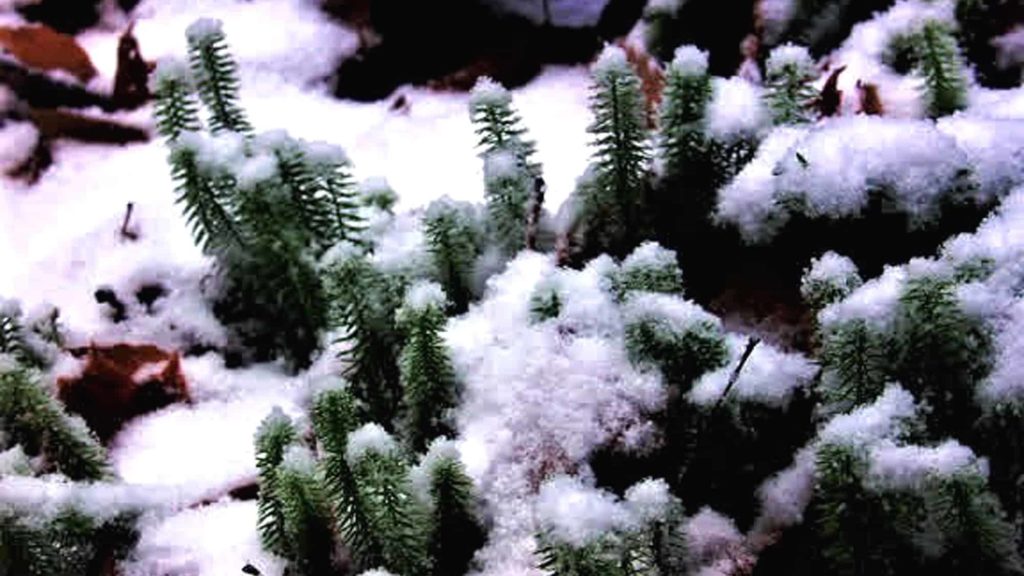
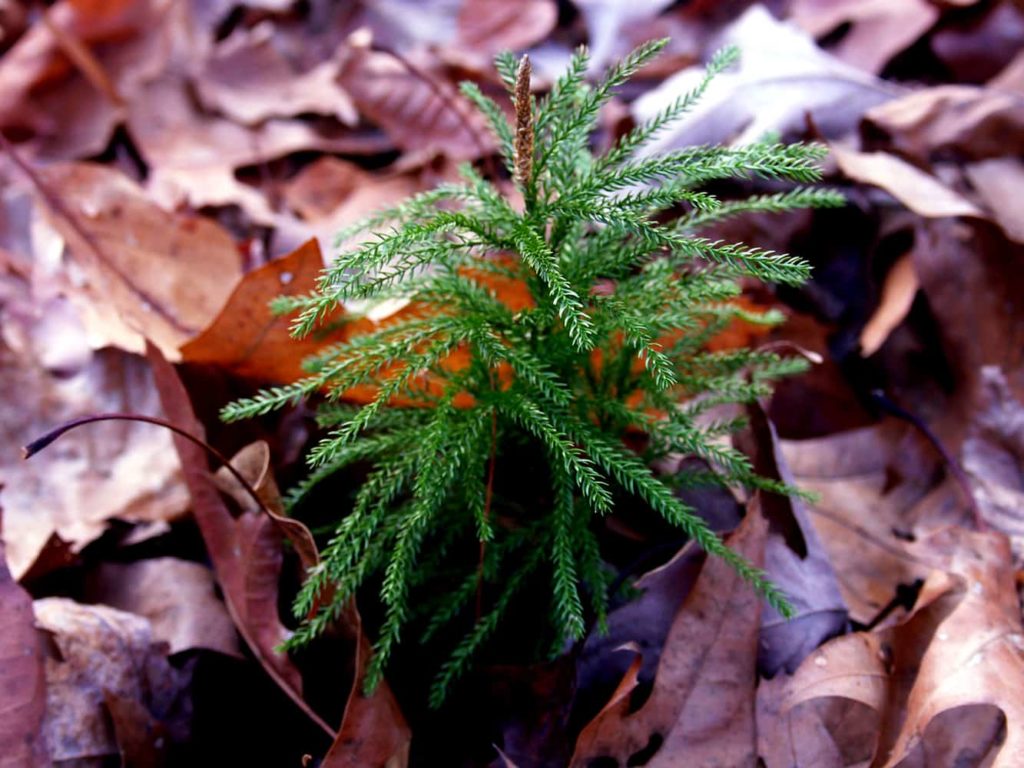
Thom Smith wrote columns like this one for me for many years when I was the editor of Berkshires Week. He has generously offered to share some of what he loves about the Berkshire outdoors with this website.

